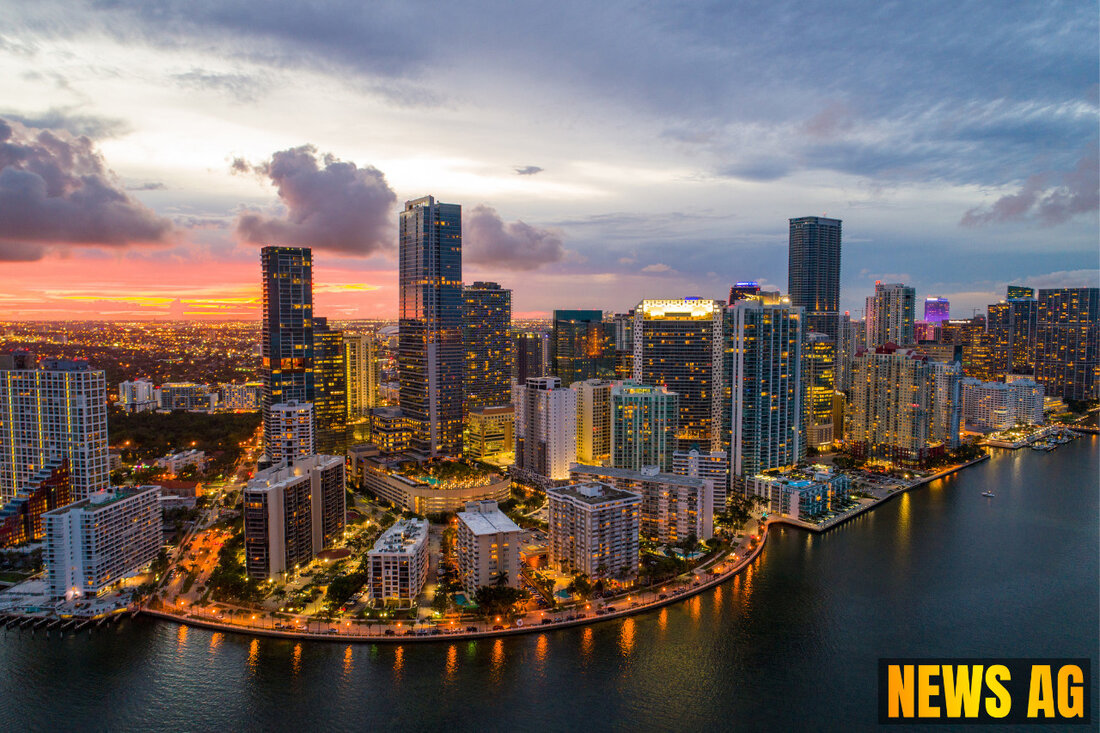$3.9 Million Mansion in Texas: A Marvel or an Energy Monster?
Explore the impact of luxury mansions on Texas's energy demands and climate, highlighting sustainable solutions and community reactions.

$3.9 Million Mansion in Texas: A Marvel or an Energy Monster?
A mansion in Cedar Hill, Texas, has become the talk of the internet after a user on the popular forum r/McMansionHell posted its Zillow listing. This sprawling estate boasts a staggering 17,918 square feet, featuring 13 bedrooms, 17 bathrooms, and a seven-car garage. With three living rooms, three kitchens, a game room, and even a movie theatre, there’s no shortage of space. However, the stark white interior and concrete flooring led some Reddit commenters to label the mansion as „soulless“ and „empty“ while mocking its nearly $4 million asking price of $3,995,000.
As luxury homes continue to emerge in Texas, the demand for energy-efficient alternatives is growing. Texas has already established itself as the largest consumer of energy in the U.S., accounting for about 12% of the nation’s total electricity use. The average Texas household consumes around 14,000 kilowatt-hours annually, which is 26% higher than the national average, further straining the state’s power grid, causing frequent outages and skyrocketing electricity costs. With more extreme weather events on the horizon, the urgency for reliable and independent energy sources is clearer than ever. Transitioning to solar power, along with products from companies like Tesla, could help homeowners reduce their dependence on the overstressed grid and manage energy consumption and costs better, as Vikta Energy highlights.
Environmental Impact of Luxury Living
The mansion phenomenon in Texas brings with it serious environmental considerations. Large houses not only have significant heating and cooling demands—they also exacerbate air pollution, thus contributing to climate problems such as floods and droughts. According to data, building energy use accounts for approximately 31% of emissions in the U.S., chiefly from the burning of gas. This situation is particularly critical for Texas, which is already grappling with extreme climate trends.
However, it’s not all grim; there are viable alternatives for creating eco-friendly homes. Emphasizing sustainable building materials and efficient fixtures can lead to more energy-conscious residences. Simple upgrades like better insulation, improved window designs, and innovative water-saving systems can dramatically lower energy bills while conserving vital resources. Implementing passive home design principles maximizes natural elements to improve comfort and energy savings.
Sustainable Solutions
Texas homeowners can also tap into renewable energy systems, such as solar arrays and wind turbines, to enhance self-reliance and reduce energy consumption significantly. Battery storage systems, which allow surplus energy to be preserved for emergencies, can also boost grid stability. Seeking sustainable materials, like bamboo and reclaimed hardwoods, along with recycled metal accents and low-VOC paints, contributes to healthier air quality and environmental stewardship.
In modern times, eco-friendly designs can be beautifully diverse. Styles range from contemporary farmhouses to ultra-modern homes, each emphasizing functional, aesthetic, and responsible construction methods. Key living spaces positioned for optimal sunlight exposure can manage the indoor climate without burdening heating and cooling systems. Many luxury homeowners are now exploring these conscious design elements as part of their investment in the future, as reported by Fine Homes and Living.
As appealing as mansions may be, it’s essential to foster a culture of sustainability. Whether it’s a dramatic estate in Cedar Hill or a modest home elsewhere, every step we take matters. Balancing lifestyle with eco-conscious choices could very well define the future of luxury housing in Texas.

 Suche
Suche
 Mein Konto
Mein Konto